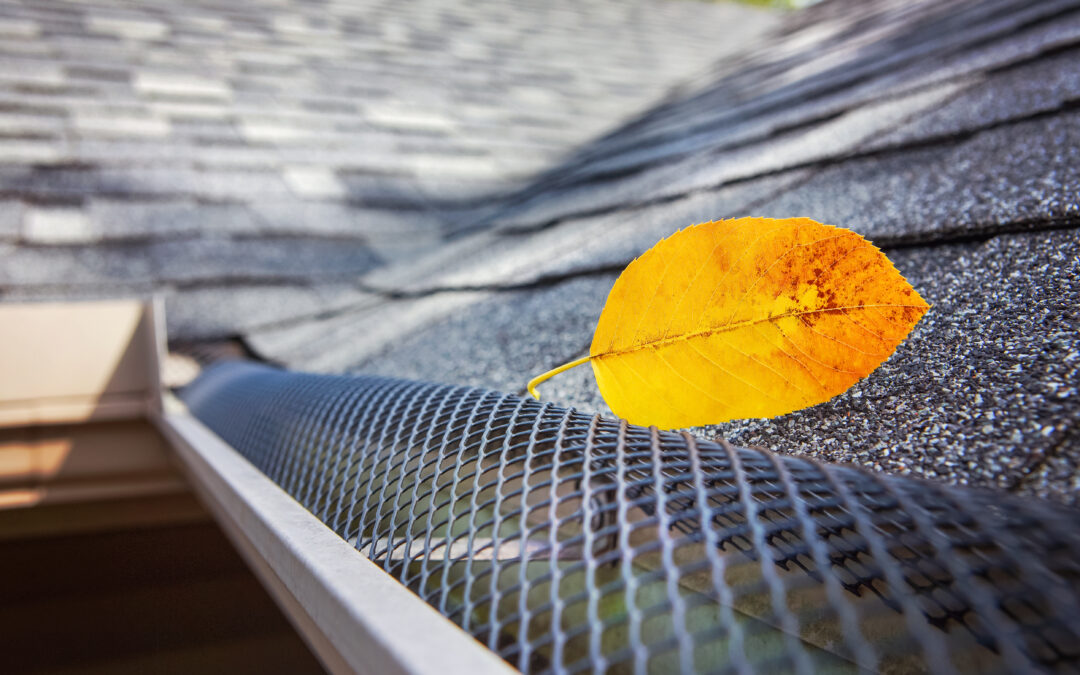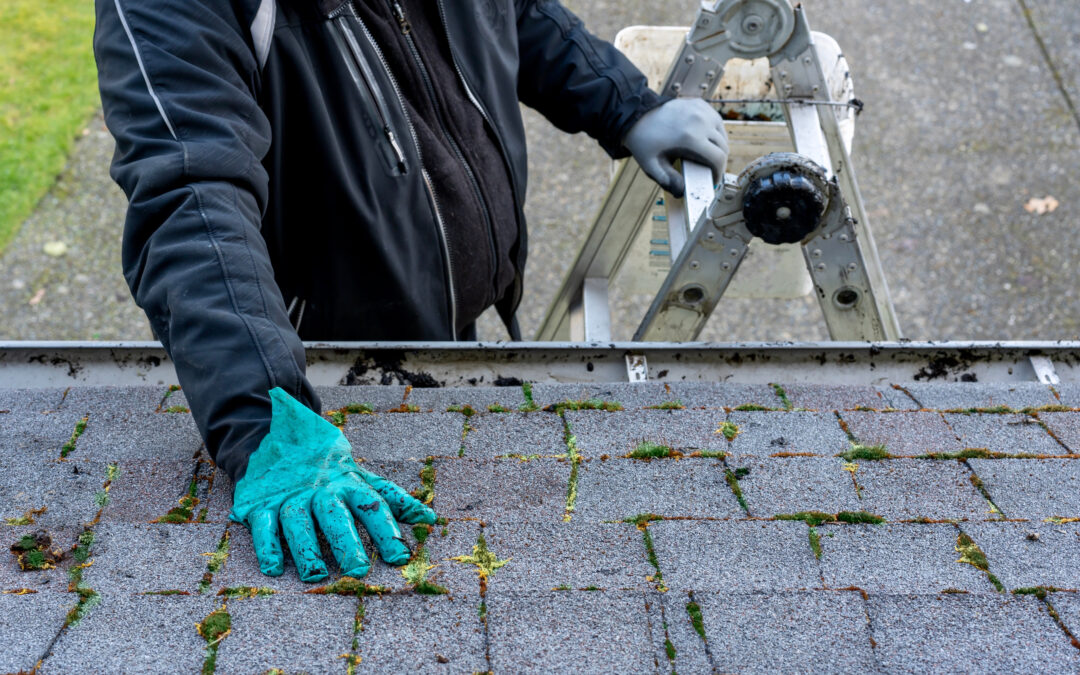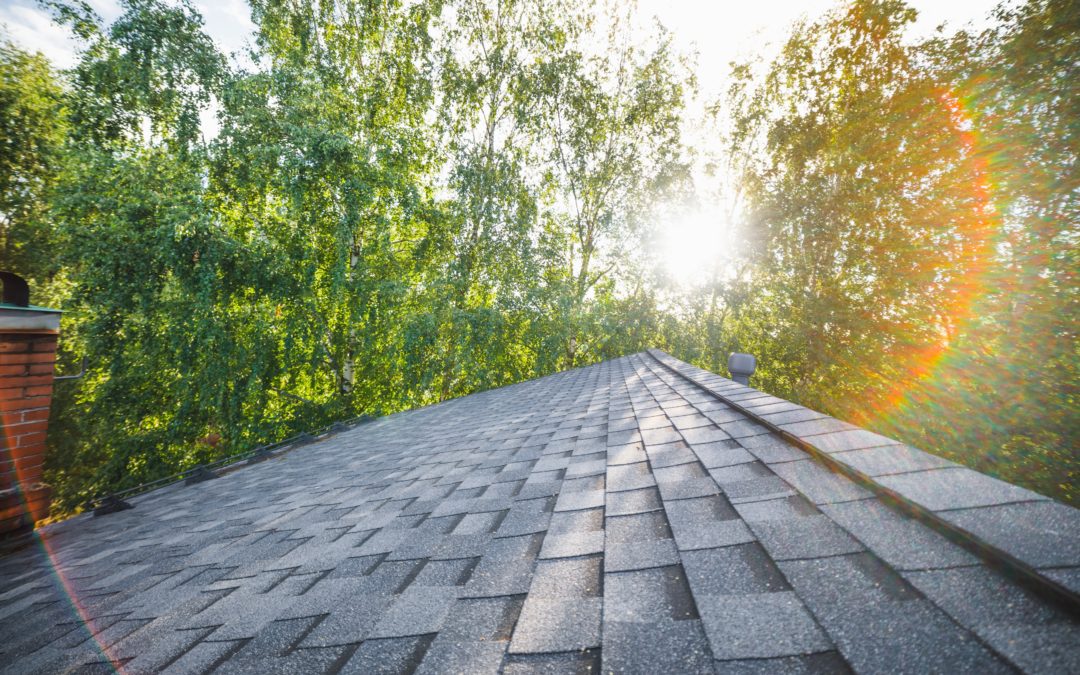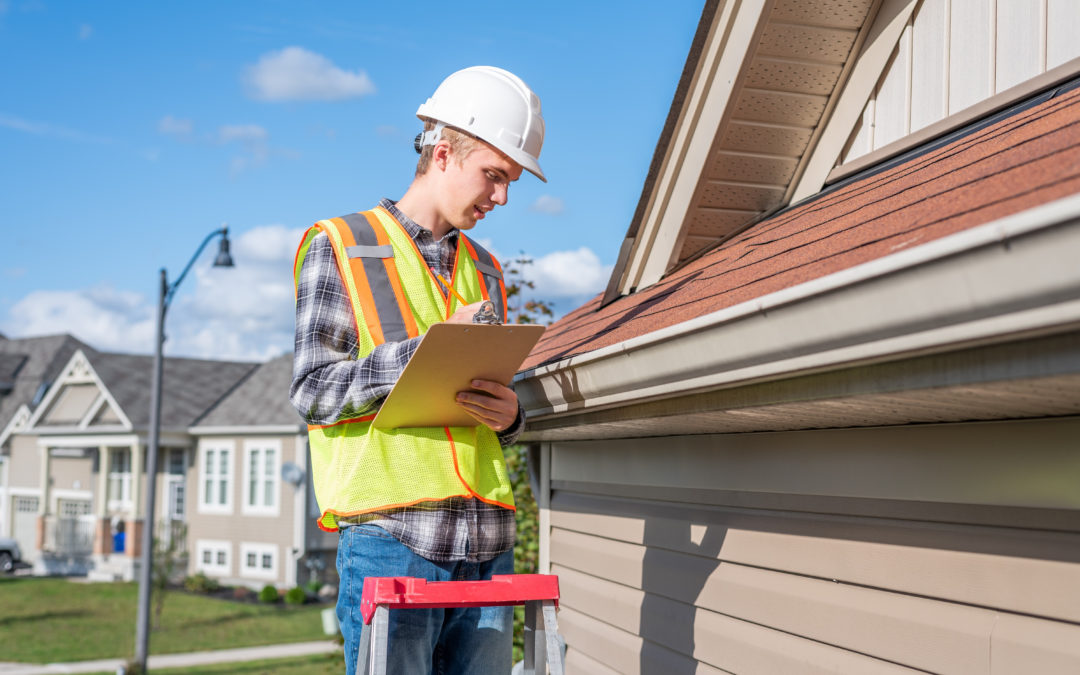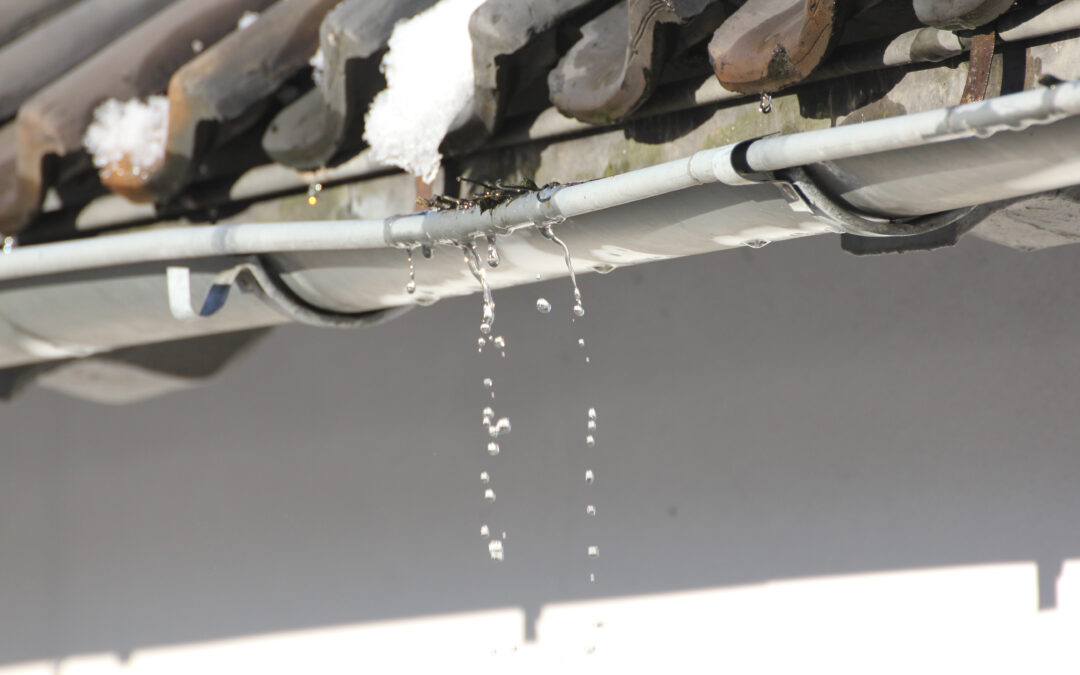
What Are the Main Causes of Leaking Gutters?
It’s not unlikely for your home to experience a leaking gutter. In fact, from time to time, homeowners may notice leaks during heavy rains. Many factors cause gutter leaks, and unfortunately, when a leak isn’t fixed promptly, it can lead to significant water damage.
Luckily, some of the most common causes of leaking gutters have simple solutions, so you can easily prevent additional damage to your home.
Top 5 Causes of Leaking Gutters (And How To Fix Them)
If you’ve noticed a leaking gutter recently, a closer look at the affected area should reveal the cause of the problem. Some issues you may be able to fix on your own, and others may require a helping hand from your local roofer.
1. Clogs
When trees are present near the home, clogs can occur in your gutters. Everything from dried leaves and branches to pine needles and twigs collects in the narrow channels, eventually causing a blockage. The clog then inhibits the water’s movement through the gutter to the downspout, resulting in a leak.
Solution: Cleaning your gutters a couple of times yearly and after major storms can help prevent future clogs. If your gutters experience frequent clogs, you should consider installing gutter guards to keep your drains clog-free and unwanted debris out.
2. Cracks and Holes
No matter the size, cracks and holes can prevent water from flowing through your gutters correctly. The holes are common signs of deterioration, storm damage, or normal wear and tear. If left unfixed, these seemingly insignificant openings will enlarge and lead to severe leaks and possible water damage.
Solution: Small cracks and holes can usually be fixed with a waterproof gutter caulk or sealant at your local hardware store. For larger holes, consider replacing the damaged gutter.
3. Separated Joints and Improper Seals
Over time the joints connecting each gutter and their seals may begin to wear down. This deterioration can eventually cause a separation or broken seal, leading to a gutter leak. Although this problem can often be seen without water, the split in your gutter could be small enough to go unnoticed until water is pouring over the gutter’s sides or leaking at the seams.
Solution: Depending on the severity of the damage, you may be able to reattach the separated joints and reseal the seams on your own with a waterproof gutter caulk or sealant. However, if the damage is extensive, consider replacing the gutters with a custom-made, seamless gutter system to prevent future mishaps.
4. Loose Fasteners
The fasteners used to secure gutters to your home’s fascia boards will become loose as they age. When this happens, the loose fasteners can shift the gutter and prevent water from moving through the channel correctly, resulting in a leak.
Solution: Determine what was used to affix the gutter to the house. It may have been a nail, screw, or something. Then locate the loose fastener and tighten or replace it.
5. Improper Slope
Gutters that were installed at the wrong angle often lead to various issues. Because gutters must be installed at a specific angle, low and high slopes will result in different leaks. Low slopes, for instance, tend to allow debris to quickly build up and create clogs. High slopes can cause water to spill over the edge of the gutter instead of through it.
Solution: If your gutters are frequently affected by either of these issues, it’s best to contact your preferred contractor. An expert should be able to adjust the gutter’s slope and resolve any leaks.
3 Expert Tips to Prevent Future Gutter Leaks
- Clean your gutters regularly.
- Make sure gutters are properly installed.
- Regularly Inspect gutters for damage.
Turn to Werner Roofing for All Your Gutter and Roof Needs
If you’ve checked your gutters for all the common causes and still can’t figure out the problem, a little help from the Werner Roofing & Exteriors professionals may be the best course of action. Our contractors have many years of experience repairing and installing gutters. With a closer look, they can identify almost any problem. So, whether you need a helping hand or an expert opinion, we know just how to fix your gutters before your home suffers additional damage.
Got a leaky gutter? Contact our team today, and we’ll help you find a long-lasting solution for your gutters.

